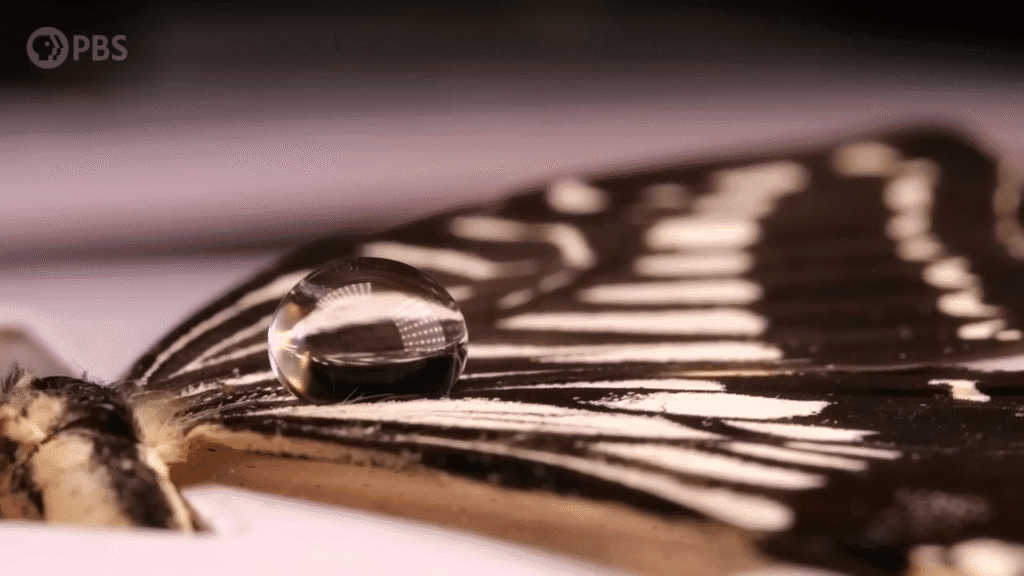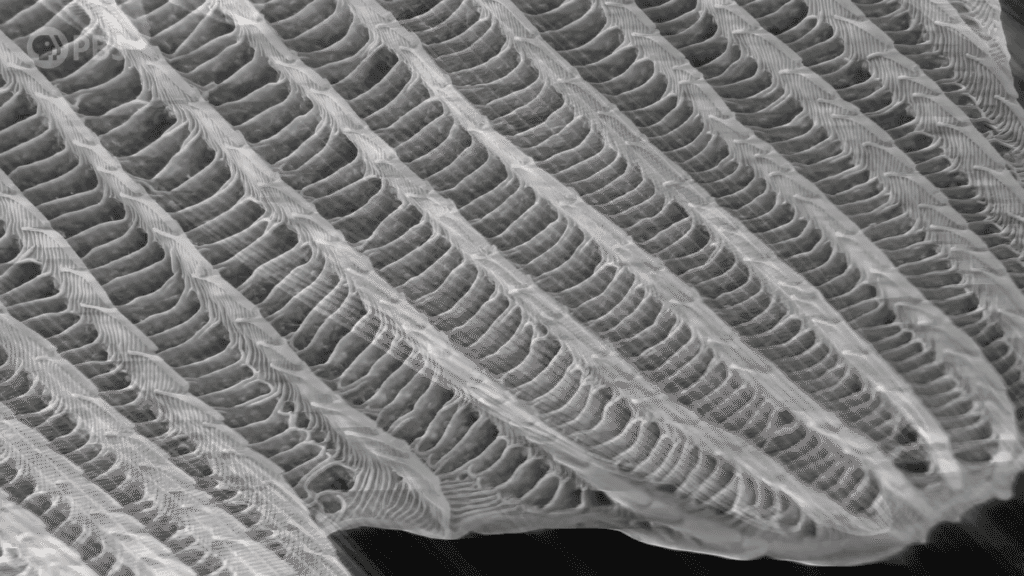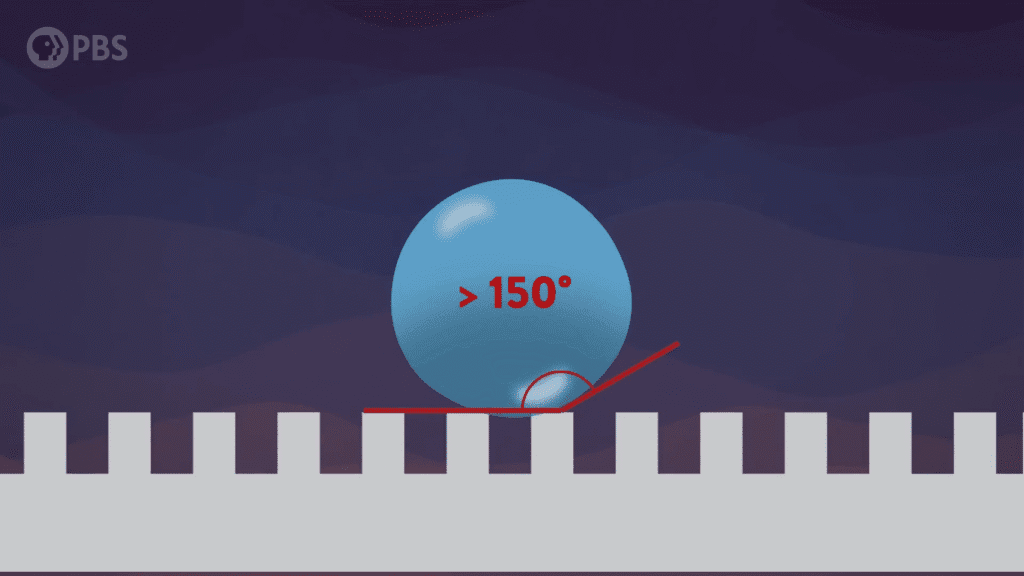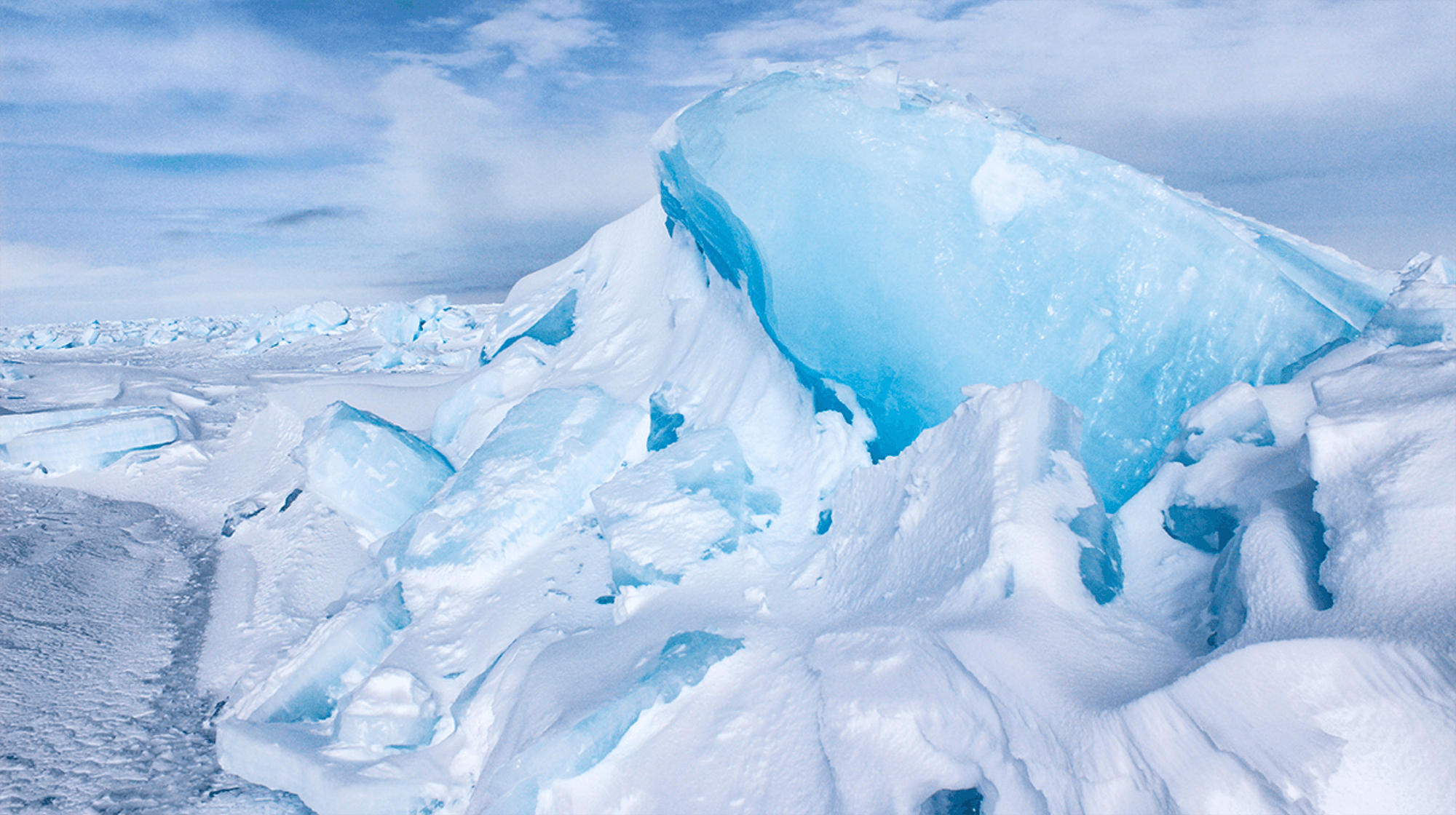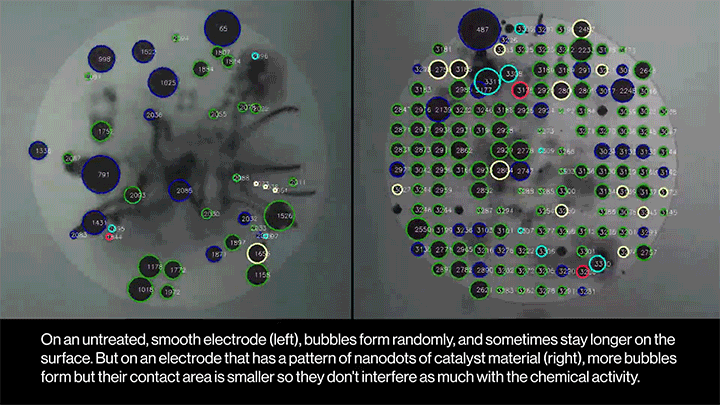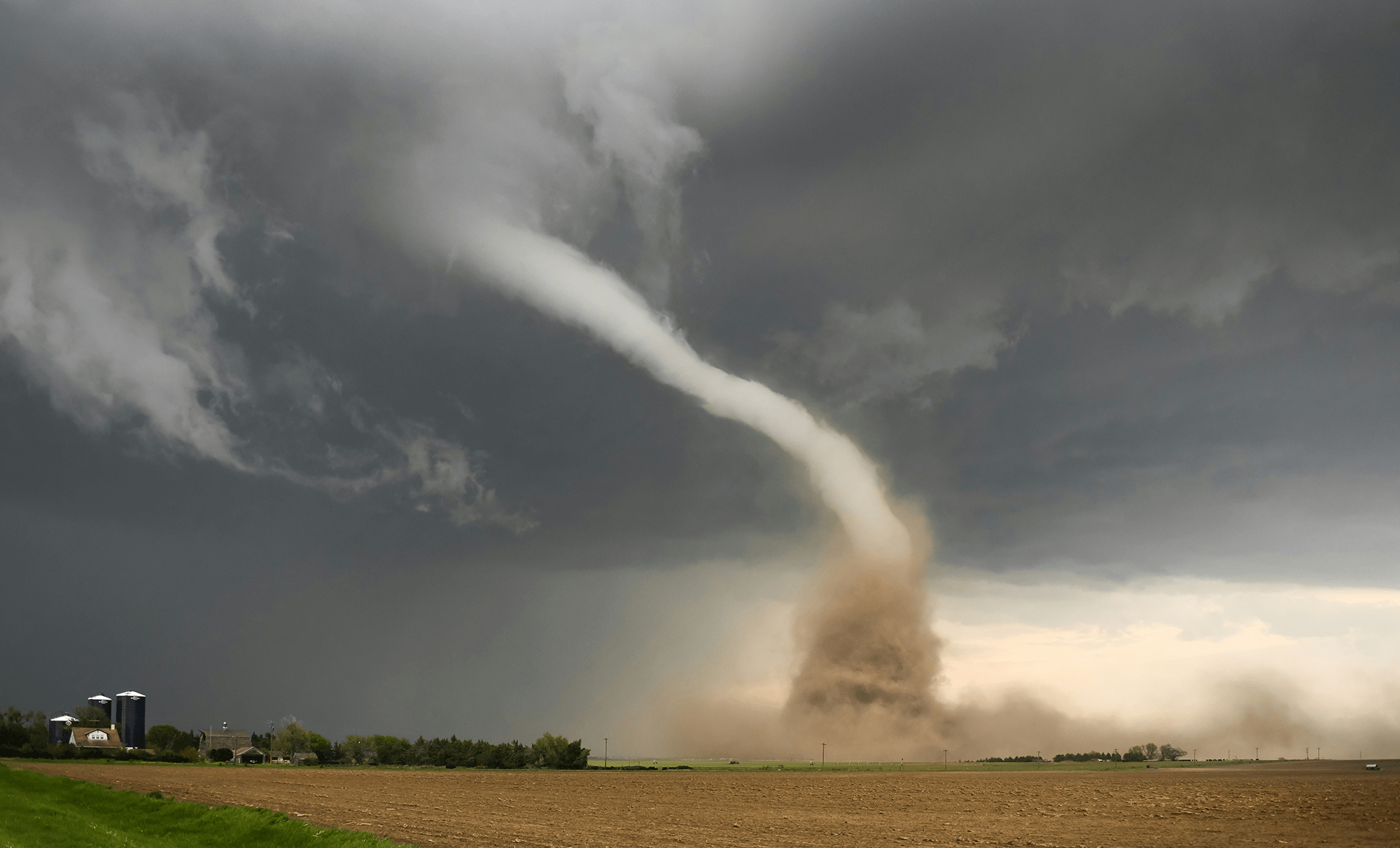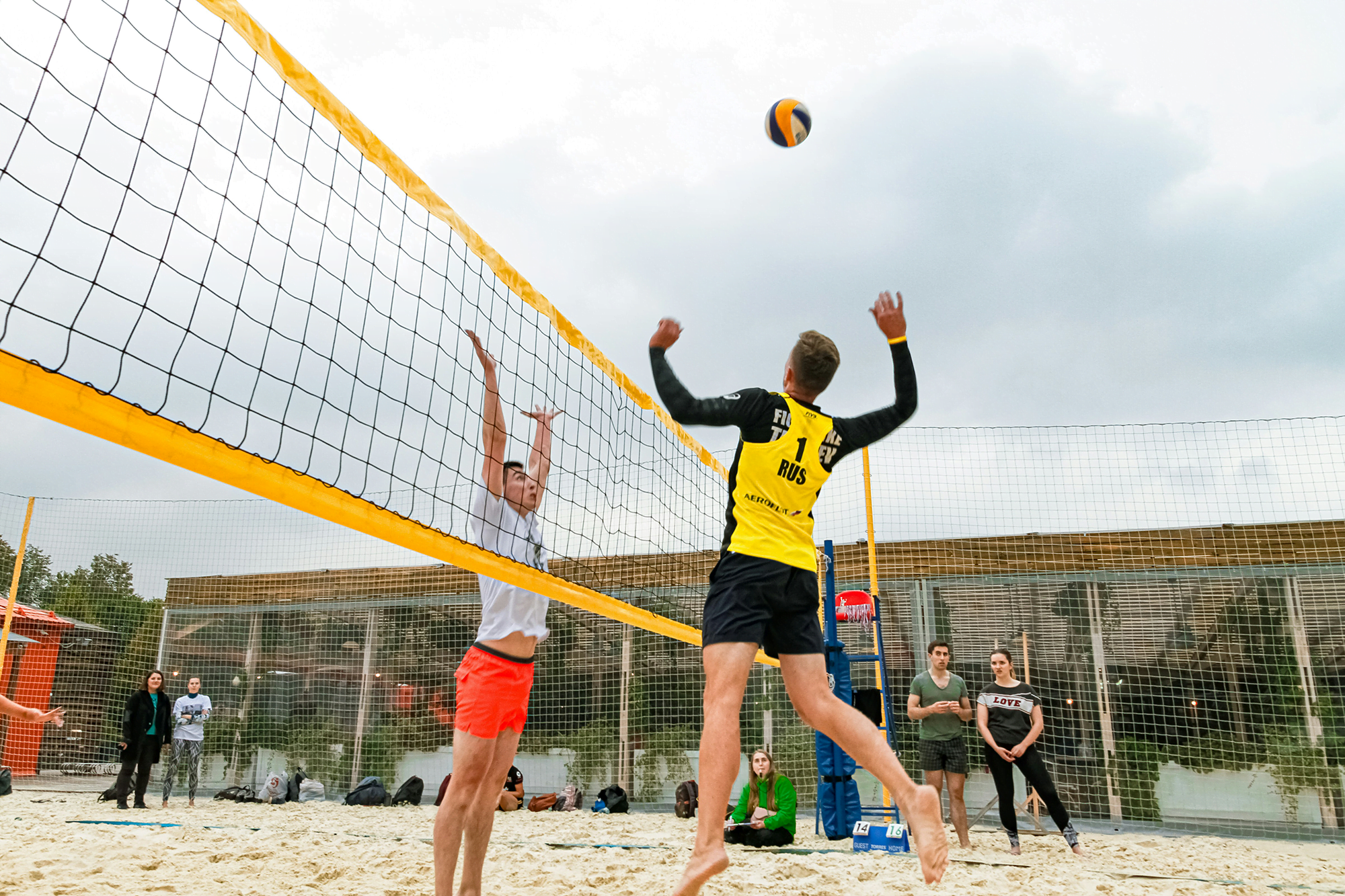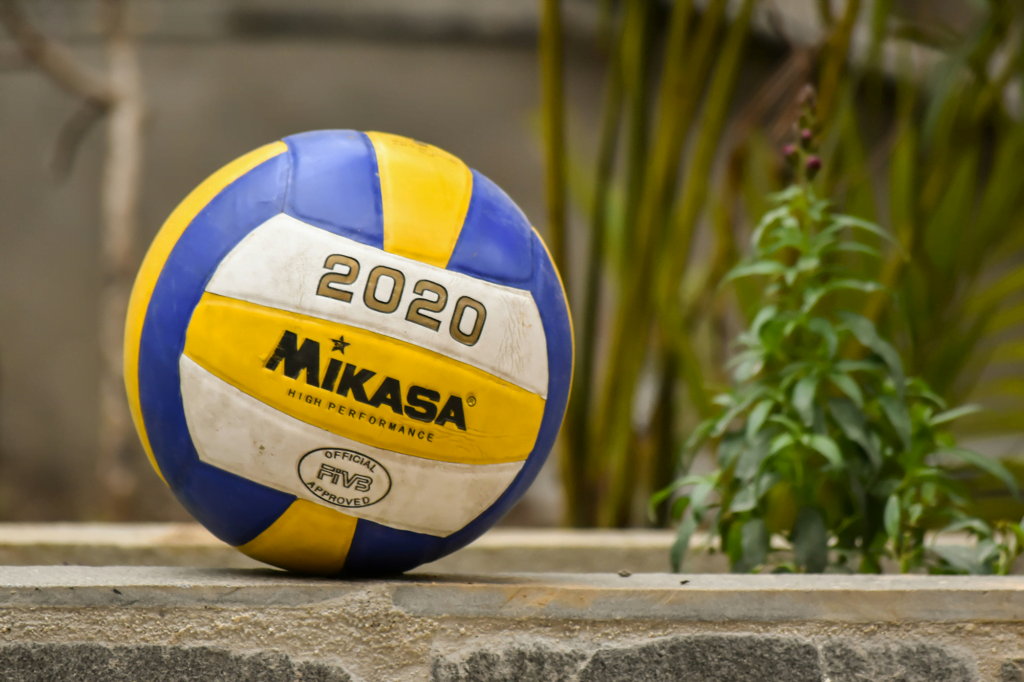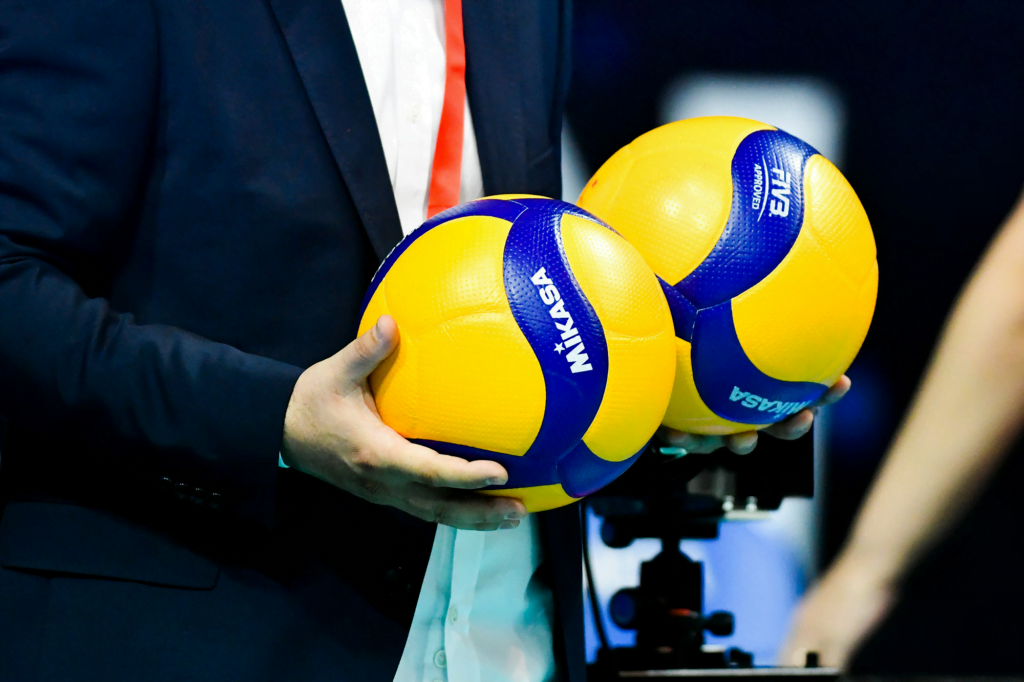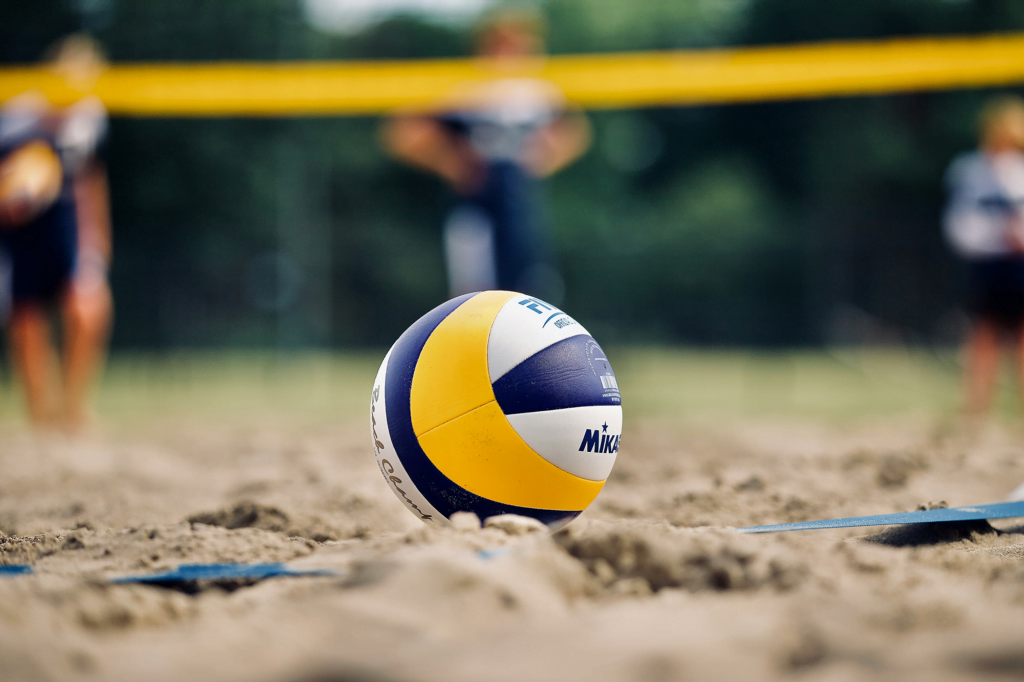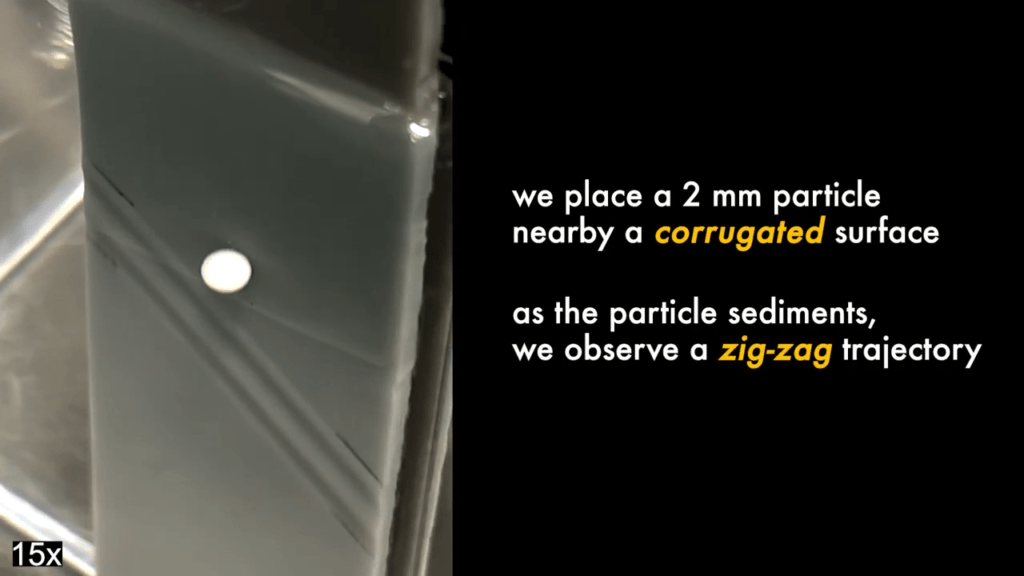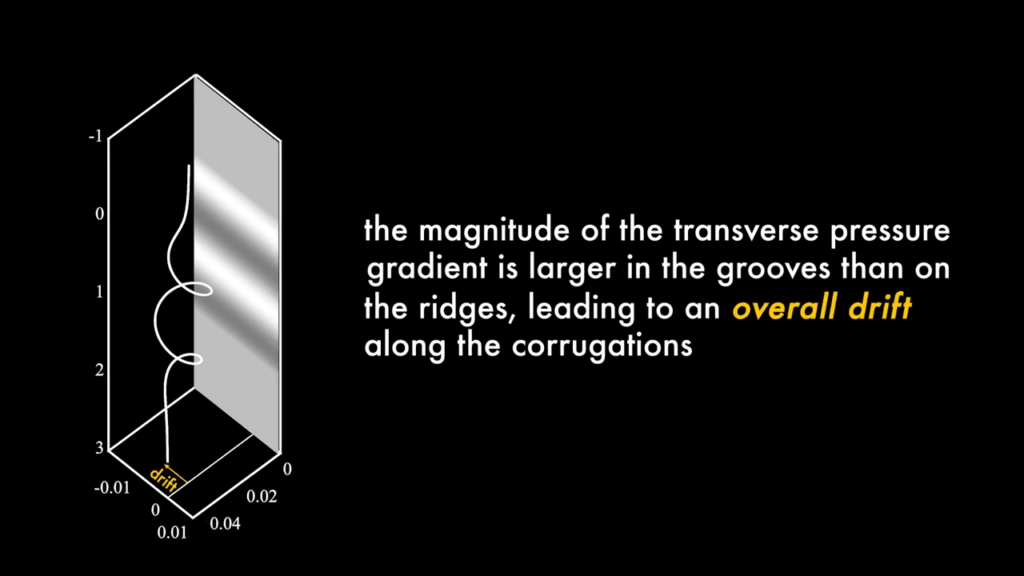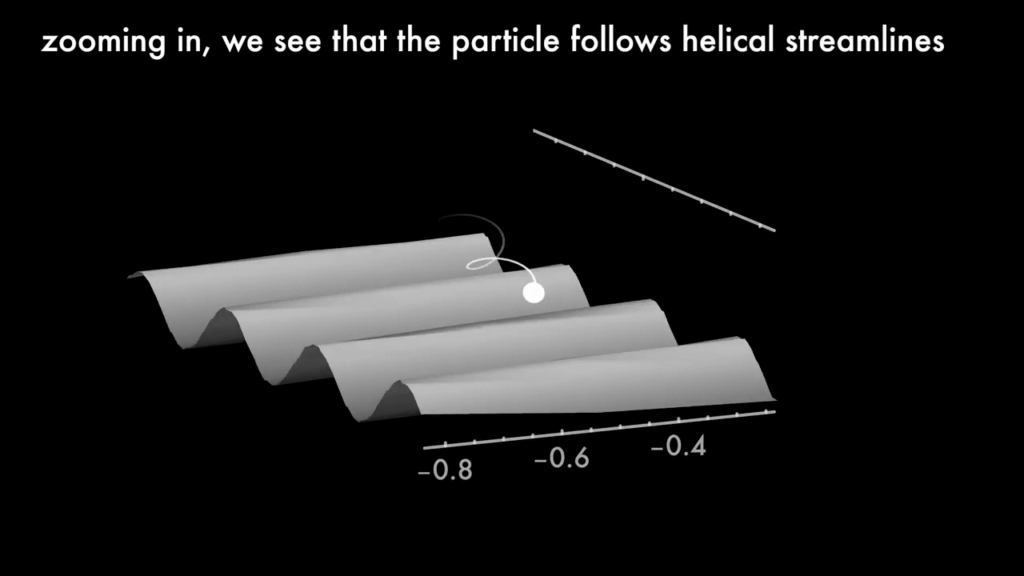Getting caught in the rain is annoying for us but has the potential to be deadly for smaller creatures like insects. So how do they survive a deluge? First, they don’t resist a raindrop, and second, they have the kinds of surfaces water likes to roll or bounce off. The key to this second ability is micro- and nanoscale roughness. Surfaces like butterfly wings, water strider feet, and leaf surfaces contain lots of tiny gaps where air gets caught. Water’s cohesion — its attraction to itself — is large enough that water drops won’t squeeze into these tiny spaces. Instead, like the ball it resembles, a water drop slides or bounces away. (Video and image credit: Be Smart)
Tag: surface roughness

Disappearing Sea Ice Ridges
As blocks of sea ice shift and float, they can press together, forming ridges spaced every few hundred meters or so. A new study uses aerial observations from recent decades to show that these sea ridges are getting smaller in both size and number, a smoothing of Arctic topography that has many consequences.
The team showed that the overall changes in the sea ridges correspond to a loss of older sea ice. The current smoother sea ice presents less drag to winds and currents, which might suggest that the ice is slower-moving, but instead the opposite seems true. Scientists are not sure why the ice is moving faster, though faster ocean currents may play a role.
Another consequence of smoother sea ice is wider, shallower melt ponds each summer. These wider ponds increase the amount of sunlight the ice absorbs, hastening melting even further. (Image credit: USGS; research credit: T. Krumpen et al.; via Eos)

Blocking Bubbles
Many industrial processes, including those producing aluminum and “green” hydrogen, use electrodes to speed up chemical reactions. Unfortunately, bubbles that form on the electrode reduce its efficiency anywhere from 10 to 25 percent by blocking parts of the electrode. The assumption has been that any area shadowed by bubbles is blocked, but a recent study shows that’s not the case. Instead, it’s only the electrode area in direct contact with the bubble that’s blocked.
To show this, researchers looked at a smooth electrode where bubbles formed randomly (left) and a nanotextured one with many spots where bubbles could form (right). In the animation above, bubble shadows are highlighted with circles. There are clearly more bubbles on the nanotextured electrode, but it actually performs better than the smooth electrode because the bubble contact area is smaller. (Image and research credit: J. Lake et al.; via MIT News)

Why Tornado Alley is North American
Growing up in northwest Arkansas, I spent my share of summer nights sheltering from tornadoes. Central North America — colloquially known as Tornado Alley — is especially prone to violent thunderstorms and accompanying tornadoes. That’s due, in part, to two geographical features: the Rocky Mountains and the Gulf of Mexico. Trade winds hitting the eastern slope of the Rockies get turned northward, imparting a counterclockwise vorticity. At the same time, warm moist air carried from the Gulf feeds into the atmosphere, creating perfect conditions for powerful thunderstorms. By this logic, though, South America should see lots of tornadoes, too, courtesy of the Andes Mountains and the moist environs of the Amazon Basin. To understand why South America doesn’t have a Tornado Alley, researchers used global weather models to investigate alternate North and South Americas.
They found that smoothness is a key ingredient for the upstream, moisture-generating region. Compared to the Amazon, the Gulf of Mexico is incredibly flat. With a flat Gulf, tornadoes abounded in North America, but their numbers dropped once that area was roughened to mimic the Amazon. The opposite held true, too: a smoothed-out Amazon Basin resulted in more simulated South American tornadoes.
For those in Tornado Alley, the results don’t offer much hope for mitigating our summer storms — we can’t exactly roughen the ocean. But the study does sound a word for warning for South America; the smoother the Amazon region becomes — due to mass deforestation — the more likely tornadoes become in parts of South America. (Image credit: G. Johnson; research credit: F. Li et al.; via Physics World)

Paris 2024: Beach Versus Indoor Volleyballs
Some of the differences between beach volleyball and indoor volleyball are obvious, like the number of players allowed — two versus six — and the courts — a smaller sand court versus a bigger indoor court. But there are subtle and significant differences in the balls themselves. Both beach and indoor volleyballs used for competition are required to weigh between 260 and 280 grams, but the expected diameter of the balls differs by about 1 centimeter, with beach volleyballs coming out slightly larger. The balls differ in their surface roughness, too, with indoor models being smoother, even before in-game wear.
Although these differences seem minor, they can make a significant impact in the game. Volleyball regulations don’t specify a ball’s expected surface roughness or how many panels they should be made with. As in football, these seemingly cosmetic changes can strongly affect airflow around the ball and change its trajectory. Regulations require that all balls used in a given match be uniform, but that still requires athletes to potentially adjust to the behavior of a new ball at each competition. (Image credits: I. Garifullin, C. Chaurasia, C. Oskay, and M. Teirlinck)
Related topics: How smoothness and panel design affect a football, volleyball aerodynamics, and vortex generators on cycling skinsuits
For more ongoing and past Olympic coverage, click here.

Unsticking in Jumps
Soft materials tend to be sticky, and once they’re adhered to a surface, they’re often harder to remove than they were to attach — think of Scotch tape stuck to a desk. This difficulty separating sticky things — known as adhesion hysteresis — has been attributed to various causes, like energy lost to viscoelasticity or age-related chemical bonding. But a new study shows that both those explanations are unnecessary.
Instead, the difficult removal comes from the way two surfaces separate in fits and starts. No two surfaces are perfectly smooth, and soft surfaces are able to conform to all the nooks and crannies of their partner surface. That molding results in a lot of surface contact, all of which must break for the materials to detach. That peeling doesn’t take place smoothly. Instead, the two surfaces part a little at a time in discrete jumps, as shown in the image above. The colors in the illustration show how much energy is dissipated in each jump, with darker colors indicating higher energy. The team found that this stick-slip mechanism is enough to account for the struggles we have un-sticking objects. They’re now looking at how water affects these narrow meeting places between sticky surfaces. (Image and research credit: A. Sanner et al.; via Physics World)

Rough Surfaces
In fluid dynamics, we’re often concerned with flow moving past a solid surface — air past an airplane wing, water past fish scales, oil between moving parts — and those surfaces are rarely perfectly smooth. Rough surfaces affect the flow near them, sometimes in unexpected ways. Here, researchers show a rough surface’s effect on the eddies of the atmospheric boundary layer. Put differently, this poster shows how buildings, trees, and other features influence the lowest layer of the atmosphere. From the tiny gaps between buildings to the eddies towering many times higher, the turbulence reflects roughness’s effects. (Image credit: J. Kostelecky and C. Ansorge)

Dancing Over Ridges
When flowing over a ridged surface, particles follow a drifting, helical trajectory. In this video, researchers delve into the physics behind this phenomenon. Differences in the pressure gradient along different parts of the corrugation push particles along the groove. With their analysis, the team is able to predict particle trajectories above surface roughness of any shape. With these tools, they can design roughened microchannels that disperse particles at a desired speed, something that could be especially helpful in medical diagnostics. (Image and video credit: D. Chase et al.; research credit: D. Chase et al.)

Fractal Frost
As nightly temperatures drop in the northern latitudes, many of us are beginning to wake up to frosty patterns on leaves, windows, and cars. Frost‘s spread is a complex dance between evaporation and nucleation, as seen in this recent study.
Here, researchers watched frost grow on a surface covered in 30-micrometer-wide micropillars. The pillars serve as anchor points for droplets, making frosting easier to observe. At low humidity levels (Image 1), droplets evaporate so quickly that frost regions remain isolated and do not interact. At high humidity levels (Image 3), on the other hand, the droplets evaporate so slowly that they’re able to poach water vapor from their neighbors to form frost spikes. When a spike touches another droplet, it freezes the region almost instantly. As a result, the frost spreads quickly and covers nearly every part of the surface. At intermediate humidity levels (Image 2), though, this frost chain reaction and evaporation compete, causing the frost to grow in fractals. (Image and research credit: L. Hauer et al.; via APS Physics)

Tokyo 2020: Volleyball Aerodynamics
Like footballs and baseballs, the trajectory of a volleyball is strongly influenced by aerodynamics. When spinning, the ball experiences a difference in pressure on either side, which causes it to swerve, per the Magnus effect. But volleyball also has the float serve, which like the knuckleball in baseball, uses no spin.
In this case, how the ball behaves depends strongly on the way the ball is made. Some volleyballs use smooth panels, while others have surfaces modified with dimples or honeycomb patterns, and researchers found that these subtle changes make a big difference in aerodynamics. A float serve’s trajectory is unpredictable because the ball will swerve whenever air near the surface of the ball on one side goes turbulent or separates. And without spin to influence that transition, everything comes down to the ball’s speed and its surface.
Researchers found that volleyballs with patterned surfaces transition to turbulence at lower speeds, which makes their behavior more predictable overall. But players who want to maximize the unpredictability of their float serve might prefer smooth-paneled balls, which don’t make the transition until higher speeds. (Image credit: game – Pixabay, volleyballs – U. Tsukuba; research credit: S. Hong et al., T. Asai et al.; via Ars Technica)
Stick around all this week and next for more Olympic-themed fluid physics!

